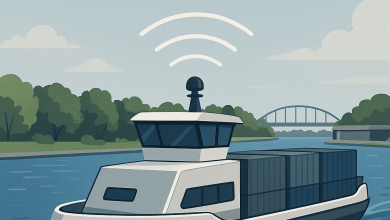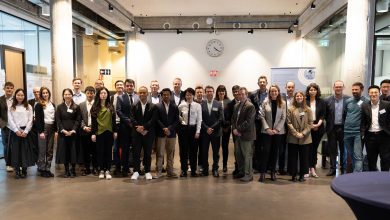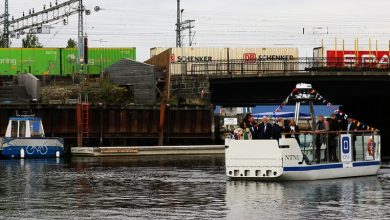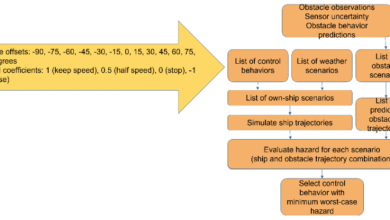
When we think about autonomy and autonomous system in general, we often consider it as a ‘widely independent and self-sufficient’ system that take care of itself. In fact, the word ‘autonomous’ means ‘having the freedom to govern itself or control its own affair’. But shipping operation is always a sequence of events which take place in linier or complex pattern in collaboration with different stakeholders within the system and which are currently led by humans.
Whenever a physical object in any form needs to be ‘shipped’ from point A to B there are several actors who are engaged within the loop or system. We may replace some, or even all of the sub-systems in relation with an autonomous shipping system, but it is still required to have close collaboration among these individual subsystems to achieve the key objective of the whole system (which is the shipping from A to B). Historically, shipping is a complex system with several inter-dependency towards both internal (controllable such as speed, stability, etc.) and external (uncontrollable such as weather, delays in the hinterland, etc.) factors. Furthermore, inland shipping itself is a complex system comparing to ocean shipping in terms of actor engagements, time consistency, and waterway complexity. Even though there are increasing presence of autonomy within the shipping segments still there would have necessity of collaborations among those systems with higher importance’s since there will be less data to enrich the technological advancement at least for foreseeable/near future. So, it will be more vital to collect and gather all the data from all means and all sources throughout all the segments of the developing autonomous shipping system.
On the other hand, in line with the discussion on Maritime Autonomous Surface Ship (MASS), it is important to know that MASS is not necessarily an unmanned vessel, rather role and location will be shifting depending on the ‘degree of autonomy’ (Saha, 2021). So, role of human is still important to be considered while designing the newer version of shipping. It is most likely the role of human will be shifted into new paradigm. But humans will still have the ‘soft skill roles’ besides or behind the technology by developing, monitoring, optimizing, and operating the system emerged with the development of autonomous technologies.
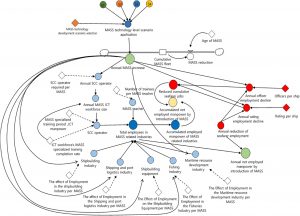
‘‘Figure: A stock-flow diagram predicting the decrease/increase in human roles following MASS technological development (Jo & D’agostini, 2020)’’
In fact, project AUTOBarge itself is a collaborative approach where individual Early-stage researchers (ESRs) work on a specific task but also all have a collective aim under the form of work packages or the whole project itself. And all the people who are onboard the project hold those responsibilities as humans through which they are able to guide and develop the machines of the future!
An article by Rana Saha
References
[1] Jo, S., & D’agostini, E. (2020). Disrupting technologies in the shipping industry: How will MASS development affect the maritime workforce in Korea. Marine Policy, 120, 104139.
[2] Saha, R. (2021). Mapping competence requirements for future shore control center operators. Maritime Policy & Management, 1–13.

